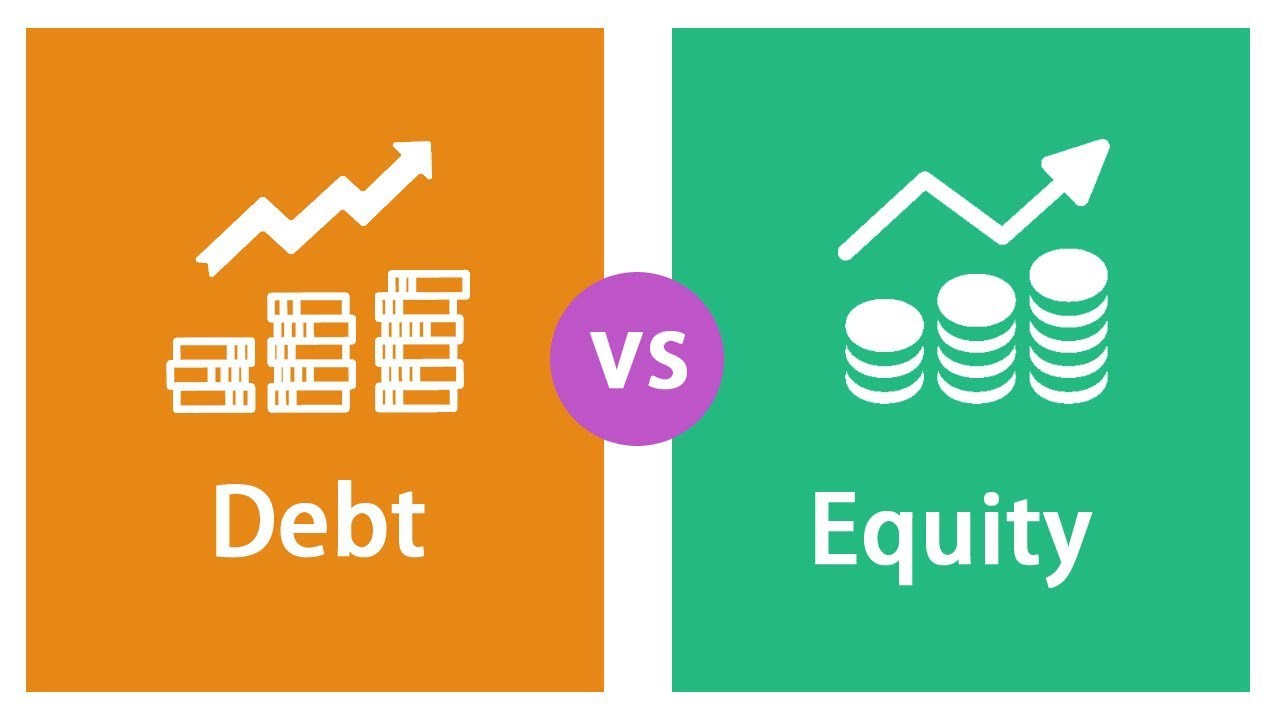

Finance
Low Exercise Price Option (LEPO) Definition
Published: December 20, 2023
Learn about Low Exercise Price Option (LEPO) in the field of finance, its definition, and how it can impact your investment strategies. Discover the benefits and risks of this unique financial instrument.
(Many of the links in this article redirect to a specific reviewed product. Your purchase of these products through affiliate links helps to generate commission for LiveWell, at no extra cost. Learn more)
Understanding the Low Exercise Price Option (LEPO)
When it comes to the world of finance, there are numerous investment options available that can help you achieve your financial goals. One such option is the Low Exercise Price Option (LEPO). In this blog post, we will delve into the definition and key aspects of LEPO, providing you with a comprehensive understanding of this investment instrument.
Key Takeaways:
- LEPO is a type of financial instrument that allows investors to purchase an underlying asset at a predetermined price, known as the exercise price.
- LEPOs typically have a lower exercise price compared to other options, making them attractive for investors looking for potentially higher returns.
So, what exactly is a Low Exercise Price Option? Essentially, a LEPO is a type of financial instrument that gives investors the right, but not the obligation, to purchase an underlying asset at a specific price, known as the exercise price. One of the defining characteristics of LEPOs is that their exercise price is significantly lower than the current market price of the underlying asset.
LEPOs are often utilized by traders and investors who expect the price of the underlying asset to increase in the future. By purchasing a LEPO, they can profit from the potential rise in the asset’s price, as they have the option to exercise the LEPO and buy the asset at the lower exercise price, thereby achieving a profit. However, it is important to note that LEPOs also involve risk, as the investor may incur losses if the price of the underlying asset decreases or fails to reach the exercise price.
LEPOs provide investors with a range of benefits and considerations to keep in mind when exploring this investment option. Let’s take a closer look:
Benefits of Low Exercise Price Options:
- Potentially higher returns: Due to the lower exercise price, LEPOs offer the potential for higher returns compared to other investment options.
- Flexibility: LEPOs provide investors with the flexibility to decide whether or not to exercise the option based on market conditions and their investment strategy.
- Leverage: LEPOs allow investors to control a larger amount of the underlying asset using a smaller cash outlay, thanks to their lower exercise price.
Considerations for Investors:
- Volatility: LEPOs are sensitive to market volatility, so investors should carefully analyze market conditions before entering into LEPO transactions.
- Risk of Loss: Although LEPOs offer the potential for higher returns, there is also a higher risk of loss, especially if the underlying asset’s price does not reach or exceed the exercise price.
- Understanding the Underlying Asset: It is crucial to have a good understanding of the underlying asset and its market dynamics before investing in LEPOs.
In conclusion, Low Exercise Price Options (LEPOs) can be an enticing investment option for those looking to potentially achieve higher returns. However, it is essential to carefully consider the risks involved and have a solid understanding of the underlying asset and market conditions before venturing into LEPO transactions. By doing thorough research and staying informed, investors can make informed decisions that align with their investment goals and risk tolerance.














